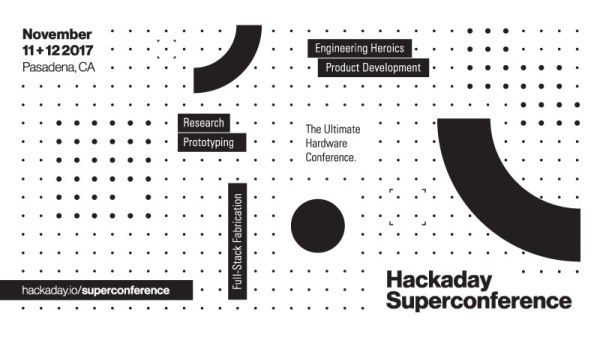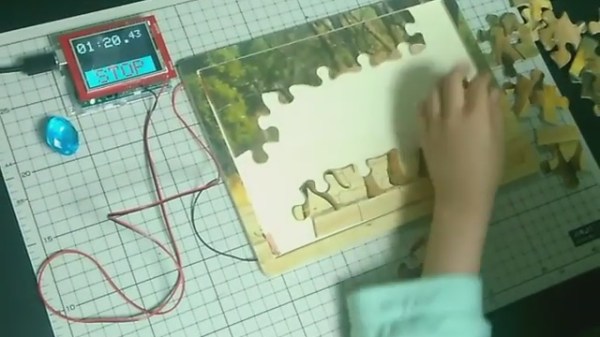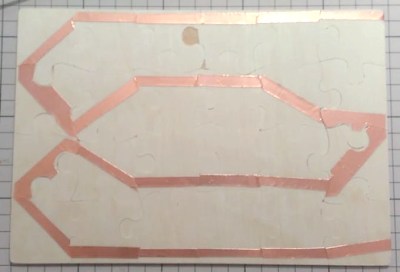We’re thrilled to announce Supercon tickets are now available. The 2017 Hackaday Superconference is November 11th and 12th in Pasadena, California.
This is the ultimate hardware conference. Hackers, designers, and engineers from all over the world converge — from the greenest beginners to those who have made history with their designs. This is the Hackaday community, and the Supercon is your chance to experience all things involved in hardware creation for one great weekend. There will be unparalleled talks and workshops, but the experience of Supercon transcends the organized event. We call it a conference but it’s truly a hacker village.
Call for Proposals
Want to present a talk (or a workshop) at this year’s Supercon? Great, please submit your proposal using this form.
The number one question we get about CFP is “I’m excited about X, should I submit a proposal?” The answer is yes. Don’t self-eliminate — if you have an idea for a talk we want to hear from you. Supercon is a flat conference, your proposal will be judged on the idea and how you plan to present it, not on how many other amazing speaking slots you’ve secured.
To help get your mind moving about topics, we suggest that you consider this list of themes your talk might fit into: Engineering Heroics, Prototyping, Research, Product Development, Full-Stack Fabrication, and of course Wildcard.
Tickets! Get Your Tickets Here!
Are you a true believer? We’ve just opened up the Call for Proposal today, so we can’t tell you who’s speaking or what workshops will take place. However, we suspect there are many of you ready to take the plunge right now. Those first 96 true believers get an incredibly low ticket price of $128. This covers admission for both days of the con, admission to the Hackaday Prize party on Saturday night and food on both days.
This is the third year we’ve hosted the Hackaday Superconference. You can check out all of the talk videos from last year, there’s a slew of articles on the event, and of course it was really fun seeing the geeky and unique shirts on exhibit throughout.
Get your ticket and book your travel. We look forward to hanging out with a huge chunk of the Hackaday community at Supercon!















